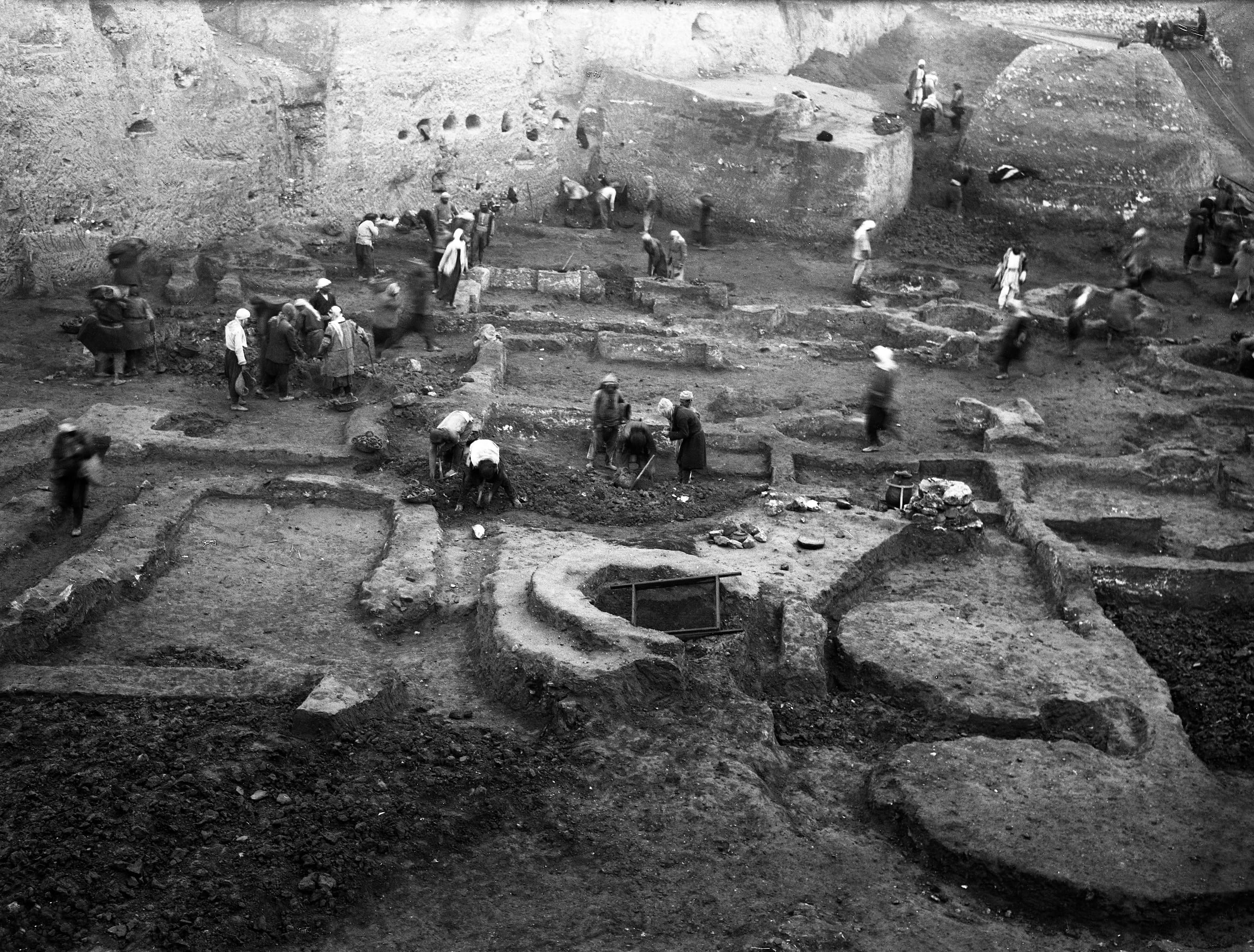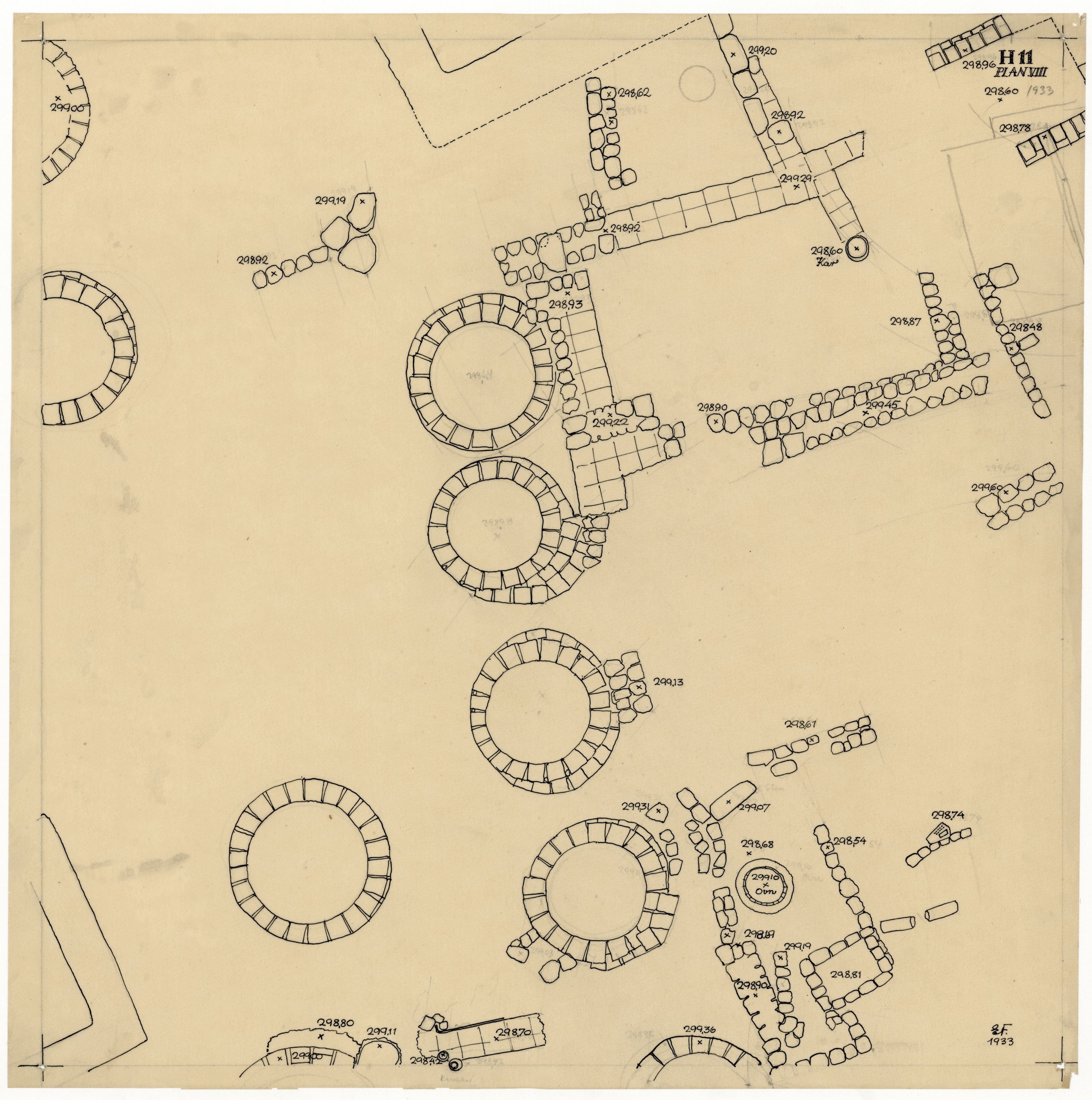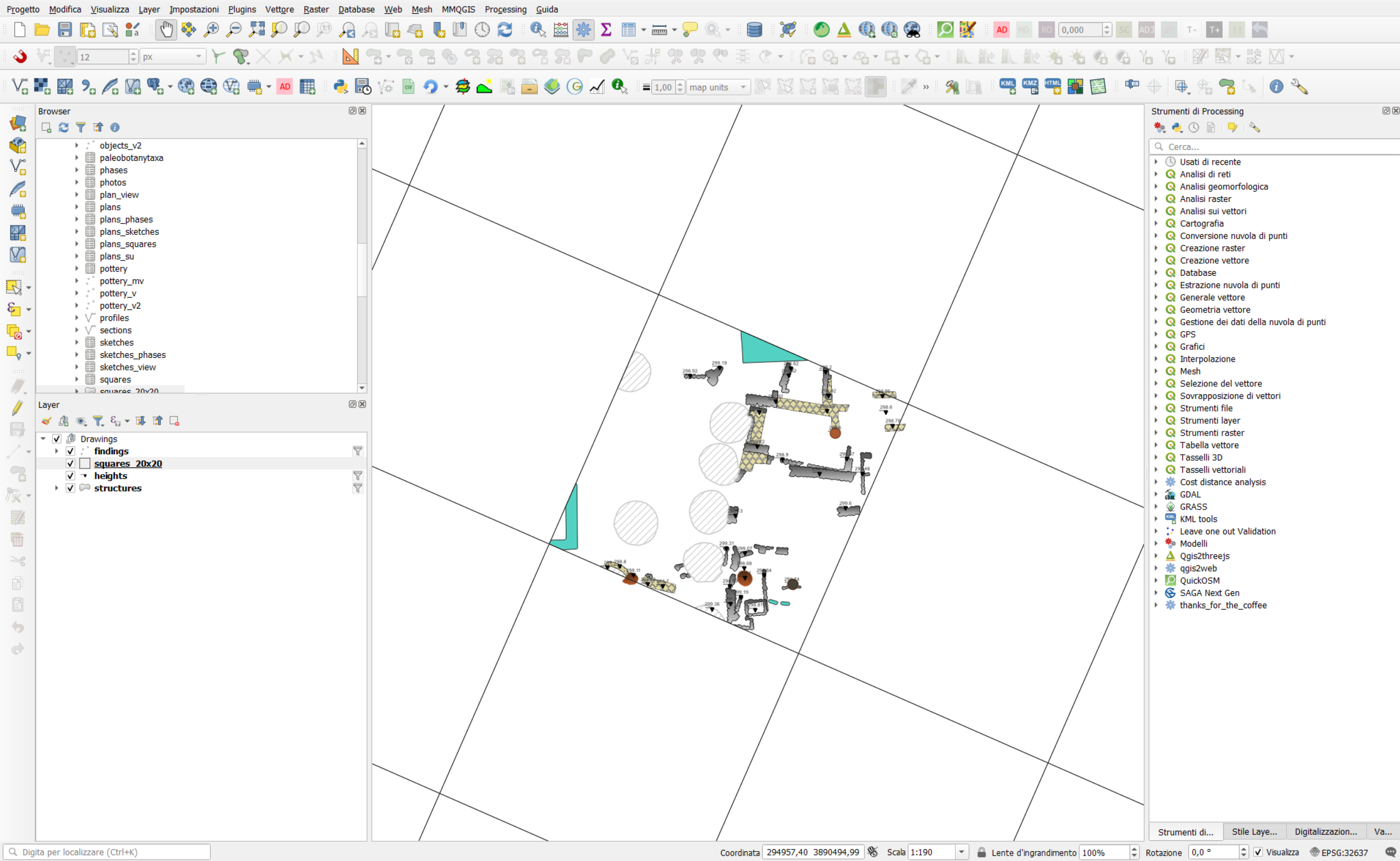hama Database
Welcome to the hama Database
Ordinary Lives in Extraordinary Times: A New View of the Earliest Urban Societies in Bronze Age Syria
The Hama Project is the result of a collaboration initiated in 2020 between the Department of Literary Studies, Philolgy and Linguistics of the University of Milan and the National Museum of Denmark, Copenaghen. The Hama project is carried out by an international team of researchers (Danish, Italian and Syrian) and envisages the study, cataloguing and publication of archaeological contexts and materials dating to the Bronze Age – still largely unpublished – kept at the National Museum and coming from the site of Hama in Syria (35°08′N 36°45′E), investigated by the Carlsberg Expedition to Phoenicia from 1931 to 1938. The Hama collection is of considerable importance. It is, in fact, the largest collection of archaeological materials from the excavation of a Near Eastern site kept in a European museum, and one of the largest collections (more than 12,000 finds) outside Syria to date. The archaeological context is also exceptional as this is the only case of Early Bronze Age (ca. 3000-2000 BC) domestic structures excavated in western Syria, largely contemporary with the Royal Palace G at Ebla with its State Archives. In 2020, the Hama Project – Ordinary Lives in Extraordinary Times: A New View of the Earliest Urban Societies in Bronze Age Syria received a grant from the Independent Research Fund Denmark Project. The activities of the UniMi Team include the digitisation of the original documentation elaborated by the Danish Archaeological Mission in Hama and stored at the Nationalmuseet, the construction, management, and implementation of the Hama-GIS, valorisation, and communication activities.






